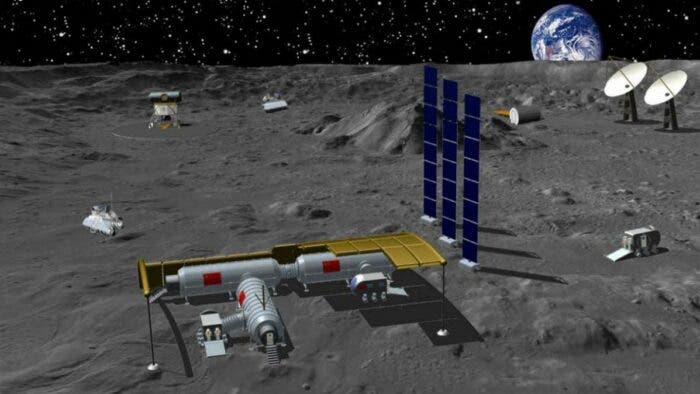Pakistan has recently signed a Memorandum of Understanding (MOU) with China to join the International Lunar Research Station (ILRS) project. The ILRS project is led by China and aims to construct a permanent lunar base in the 2030s. The project is seen as a potential competitor to the NASA-led Artemis Program. The MOU titled “Memorandum of Understanding on Cooperation on Lunar Research Stations” marks Pakistan’s formal participation in the international lunar research station program.
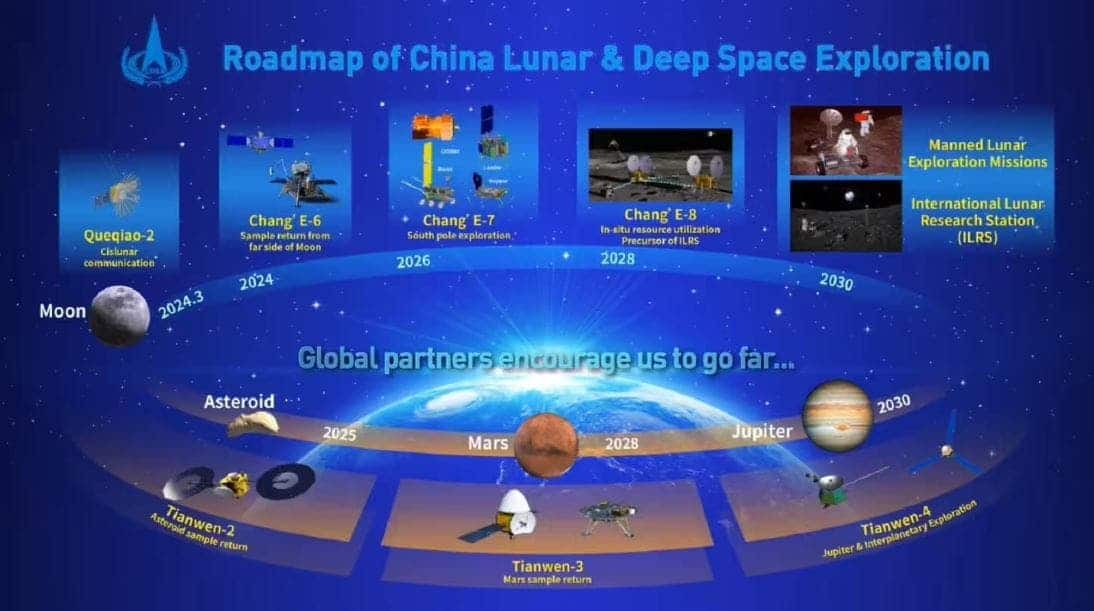
The ILRS project is seen as a potential competitor to the NASA-led Artemis Program. As with the United States’ Artemis program, the agreements between China and smaller partners in their respective lunar projects are crucial. The actual contributions and returns in material, financial, political, and human terms remain to be seen.
ILRS Background
The ILRS is a planned lunar base that is being led by the China National Space Administration (CNSA) and Roscosmos. The ILRS project aims to construct a permanent lunar base in the 2030s, with precursor missions in the 2020s. It is a scalable and maintainable, comprehensive scientific experiment facility that operates autonomously on the moon’s surface and in its orbit. The ILRS project is proposed by China and is to be jointly built by many countries. The project aims to establish a research platform and infrastructure complex on the moon’s surface and in its orbit, with the possibility of long-term research exploration.
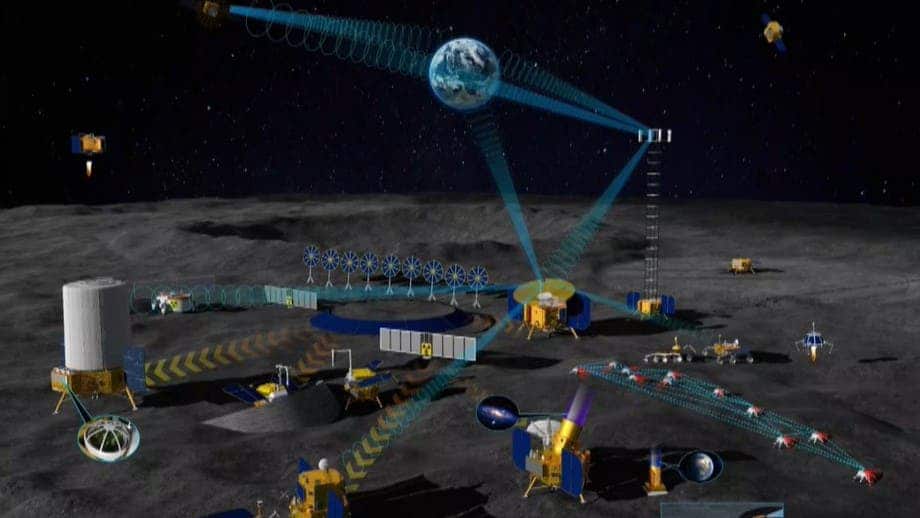
China announced in April 2023 that it was establishing the International Lunar Research Station Cooperation Organization (ILRSCO) to coordinate and manage the project. The ILRS project has attracted partners such as Russia, Pakistan, the United Arab Emirates, and the Asia-Pacific Space Cooperation Organization.
China’s next step in its lunar exploration plans will be the launch of the Queqiao-2 lunar relay satellite early next year. This will be followed by the Chang’e-6 lunar far side sample return mission, which is due to launch in mid-2024.
Possible sites for a Chinese ILRS in the Lunar South Polar Region have been identified. The scientific and engineering objectives of the ILRS project include lunar research, exploration, and technology verification; supporting crewed lunar missions with the completed ILRS; and expanding and maintaining modules as needed.
Pakistan joins China’s ILRS project
Pakistan officially joined the ILRS project a few days ago. Zhang Kejian, the administrator of the China National Space Administration (CNSA), and Moin ul Haque, the ambassador of Pakistan to China, signed an MOU between the CNSA and the Pakistan Space and Upper Atmosphere Research Commission (SUPARCO). The MOU covers areas including engineering as well as operational aspects of the Chinese lunar base program.
The two parties will work together on the international lunar scientific research station and establish an expert working group. They will jointly show their aims and objectives in the subject matter, joint design, and data sharing. Both parties will analyze data together and train experts in the field.
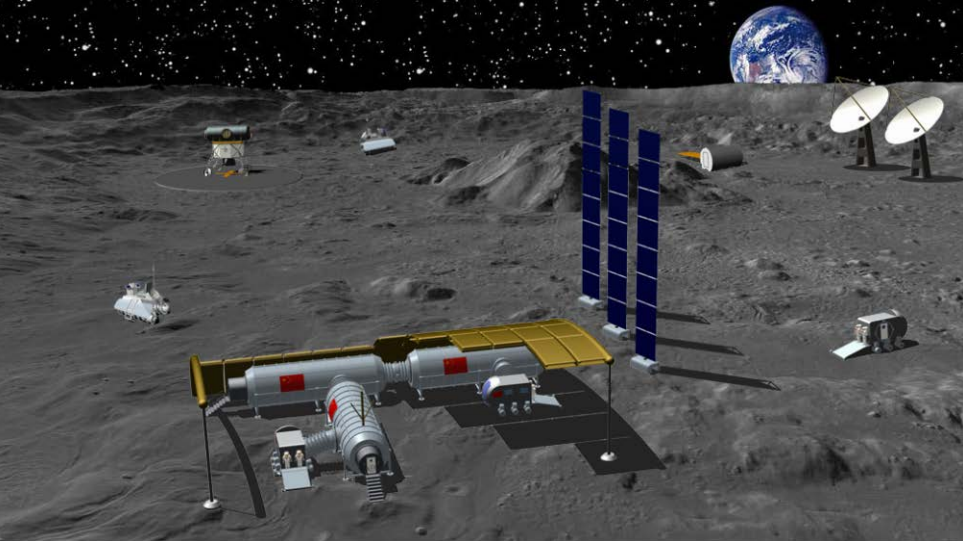
Pakistan’s involvement in the ILRS project
Pakistan’s involvement in the ILRS project is not new. It is already involved in the Chang’e-6 lunar sample return mission, which is due to launch in mid-2024. Pakistan is working on the ICUBE-Q cubesat for the mission in cooperation with Shanghai Jiaotong University.
Pakistan and China have been strategic partners in the space sector for three decades. Since 1992, China has helped Pakistan develop and launch communications satellites and remote sensing satellites, among others. In June 2023, the head of Pakistan’s space agency visited the Deep Space Exploration Laboratory in Hefei to identify specific roles it could play in the ILRS project and to sign a cooperation agreement.
The ILRS is led by China. It has taken the lead in signing an MOU on cooperation in the construction of the ILRS with Russia in 2021. It also has plans to work with the Asia-Pacific Space Region. This includes the United Arab Emirates, Venezuela, South Africa, Azerbaijan, Pakistan, and other nations and groups.
The ILRS is a major engineering cooperation project that will build scientific experimental facilities on the lunar surface and lunar orbit. It will also carry out multi-disciplinary and multi-target scientific research activities. This includes the exploration and utilization of the moon itself, lunar-based observations, basic scientific experiments, and technical verification. There will also be long-term autonomous operations, with human participation in the future.
ILRS implementation steps
Wu Weiren, chief designer of China’s lunar exploration project and director of the Deep Space Exploration Laboratory, says the ILRS will be implemented step by step in three phases:
- Phase 1: This is the planning phase, and it will complete the basic model by 2028. It will carry out lunar environment exploration and resource utilization test verification in this phase.
- Phase 2: In this phase, there will be a complete model that will be ready before 2040. This model will carry out sun, earth and moon space environment detection and scientific experiments. The Queqiao navigation and remote comprehensive constellation will be built to serve crewed moon landings. It will also serve deep space exploration of Mars, Venus, and other places.
- Phase 3: At this stage, a lunar scientific research station will be built. It will gradually upgrade from a scientific research test station to a practical and multi-functional lunar base.
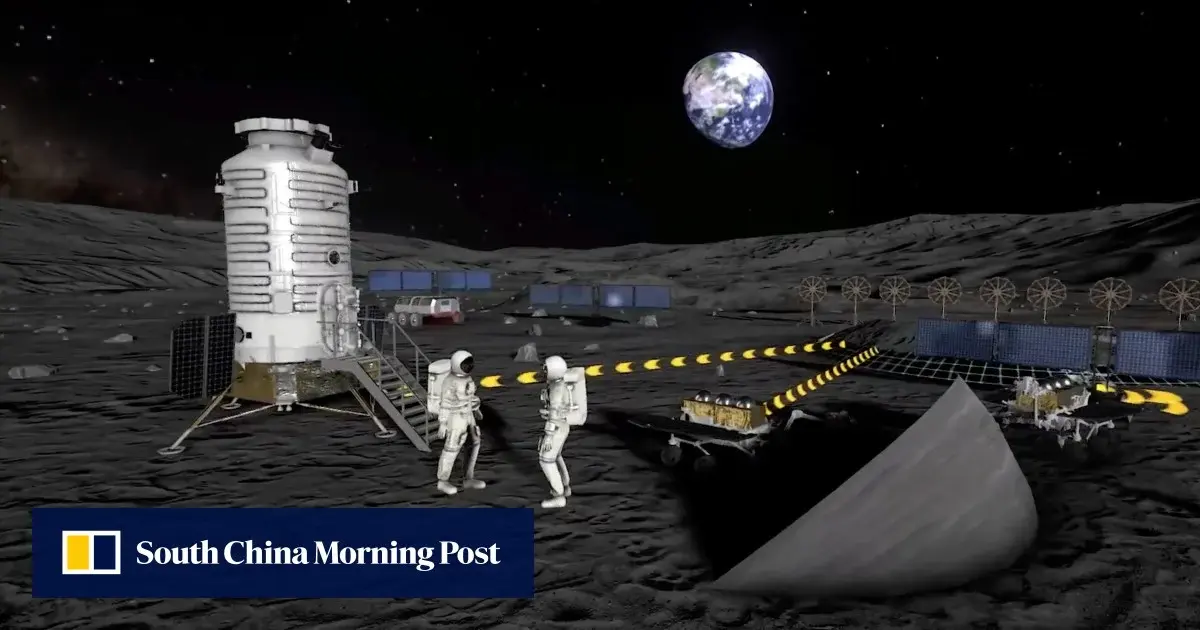
In addition to the three phases above, Li Guoping, chief engineer of the National Space Administration, gave the fourth phase of China’s lunar exploration project. This phase involves deep space exploration and sampling. At the plenary session of the 74th International Astronautical Congress (IAC), China listed the following space exploration missions:
- Queqiao-2 relay satellite will launch in March 2024
- Chang’ E-6 to launch in 2024
- Asteroid sample return Tianwen-2 will launch in 2025
- Chang’ E-7 to launch in 2026
- Chang’ E-8 to launch in 2028
- Mars sampling Tianwen-3 to launch in 2028
- Jupiter probe Tianwen-4 to launch in 2030
- China plans to launch a crewed moon landing in 2030
Conclusion
Pakistan’s MOU with China to join the ILRS project is a significant step towards its involvement in the project. The ILRS project aims to construct a permanent lunar base in the 2030s. Pakistan’s involvement in the Chang’e-6 lunar sample return mission and the ICUBE-Q cubesat for the mission in cooperation with Shanghai Jiaotong University shows its commitment to the project. However, Pakistan and China have been strategic partners in the space sector for three decades. These countries will likely continue to cooperate in the future.

